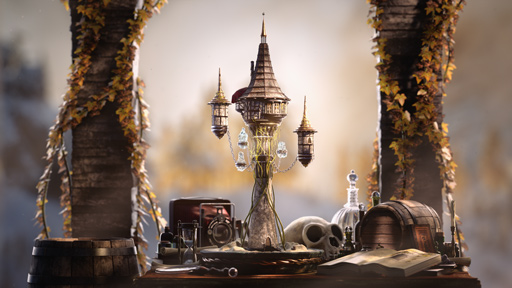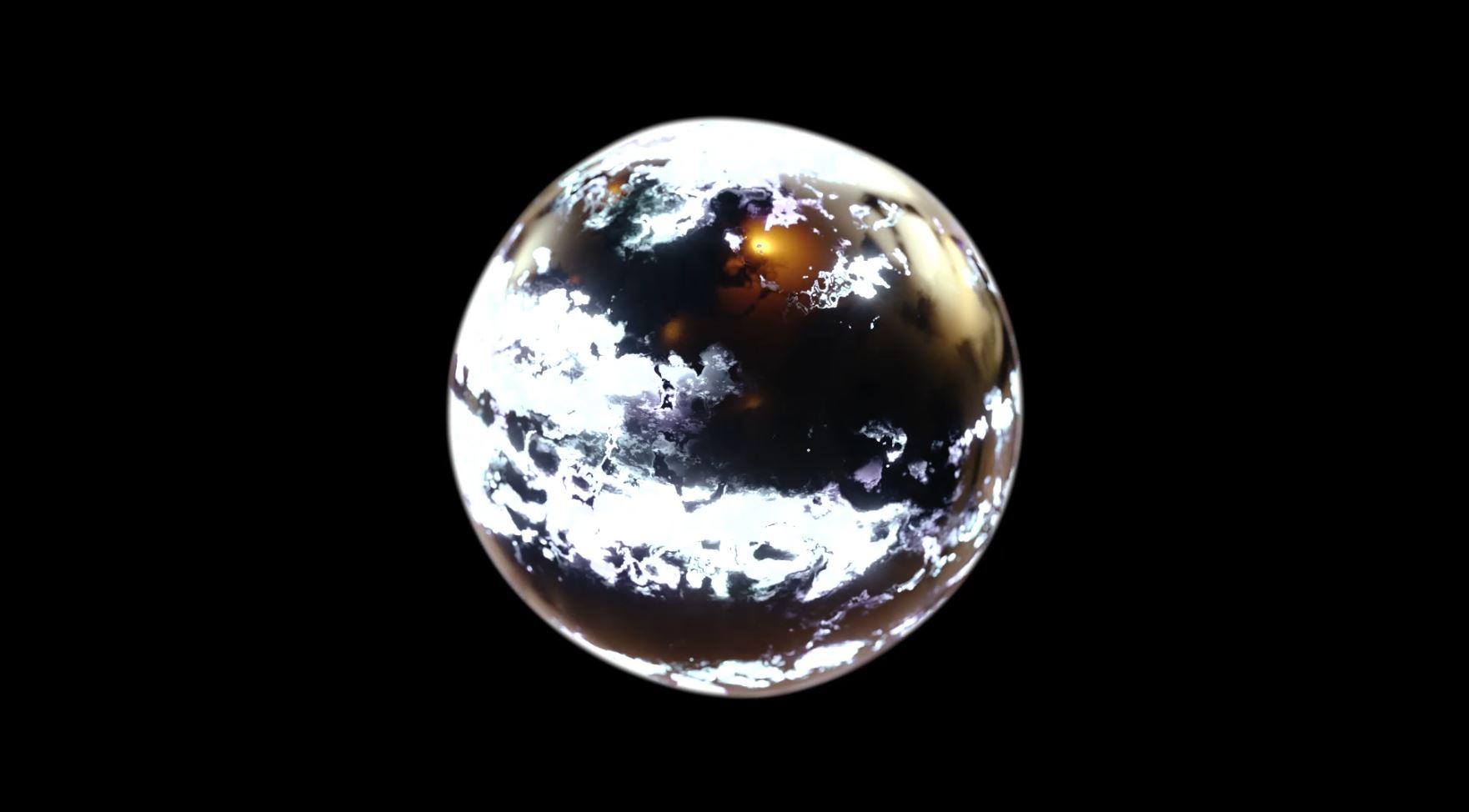We begin Shading Techniques III with a discussion about noises and the terminology which surrounds them. Things such as the manifold, lacunarity, octaves, gain, and cycles are not obvious at first, so it's worth discussing them before moving on towards the application of noises in your own workflow. Guessing and playing around with sliders can have some benefits, but it doesn't compare to the quality you can achieve by understanding the terminology behind these parameters. We use this an excellent springboard for further discussion.
The next chapter in the series focuses on the application of noises. As part of the course, you will receive a PDF which outlines many categories of noise. These categories allow you to make intentional decisions when it comes to replicating major, mid-sized, and detailed shapes. Two types of charts are offered - One which features displacement, and the other focuses on micro-surface details which can expose themselves in specular lobes through the bump channel. Along the way, we will explore workflow considerations which are essential to keep in mind when working with noises.
During the last sections of the course, things get switched up through a live demonstration on how to use noises artistically. The exercise involves exploring, experimenting, and following ideas which are organically brought about through the application of noises on a sphere. During the recording, I improvise on ideas so that you get a real picture on how to guide, alter, and manifest an artistic approach when using noises. Because noises are more "general" in what they do, (rather than a bitmap or tri-planar technique) it allows inspiration to strike while generating new and exciting ideas as you work. To wrap up the entire series, we then go over miscellaneous topics such as camera projections, baking, and a conversation about Ptex to conclude the Shading Techniques series.



COMMENTS
Please log in to leave a comment.